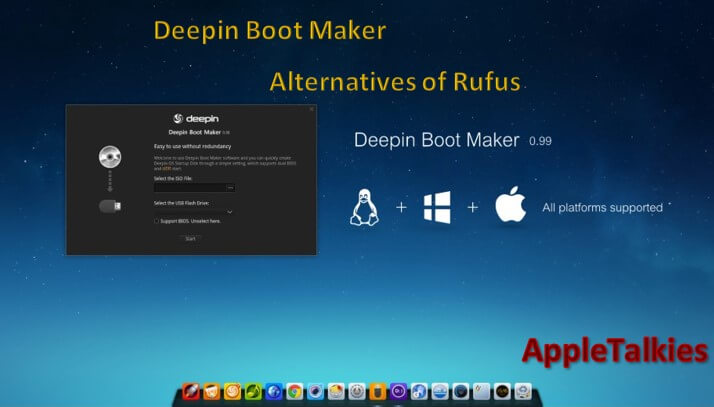

If you’d like to watch what is going on just press the “Log” button and new window will pop-up, as shown below.

Your Rufus should look like this, where, again, the drive letter should reflect the drive letter assigned by your computer to your USB stick! If any of you fancy giving it a go let me know in the comments! Read more about it here: The second option is used to create a Windows To Go USB stick, from which you can boot Windows directly from the USB drive. We’ll use the 1st option: “Standard Windows installation”. For that press the button shown below:īrowse to the path where you saved the ISO image, select it and press “Open” (sorry for the Portuguese “Abrir”):Īs you can see the “Create a bootable disk using” changed from “FreeDos” to “ISO Image”, and all the previous options are automatically selected, label filled and two new options showed up: Let’s choose now the Windows Server 2016 2019 ISO image that has been previously downloaded.

I believe the minimum USB size for creating the boot disk are 8GB, but nowadays, the best option is to get a 16GB or 32GB USB stick.ĭo not fill the rest of the options because Rufus will fill them automatically when we select the ISO image. I will not be responsible if you erase all your data if you select the wrong disk!įrom the application main screen select the drive you want to use. Rufus will clean your USB stick and delete all the data in it!! For this note, I’m using a Windows Server 2016 2019 ISO that I downloaded from Microsoft.

Have your Windows ISO file ready as we’re going to need it later on, to “burn” it onto the USB stick. It’s a single file application, so no installation needed. Just a side note: with this app you can not only create Windows USB bootable thumb drives but you can also use it to create Linux bootable USB thumb drives.Ĭreate a Windows Server 2016 2019 Bootable USB Before startingĭownload Rufus latest version from the Rufus official website and save it to your computer. This time I will use a small application called Rufus that does all the hard work for you, though, from my experience, it’s a bit slower copying files to the USB stick. In a previous article, I created a Windows Server bootable USB using the command line.


 0 kommentar(er)
0 kommentar(er)
